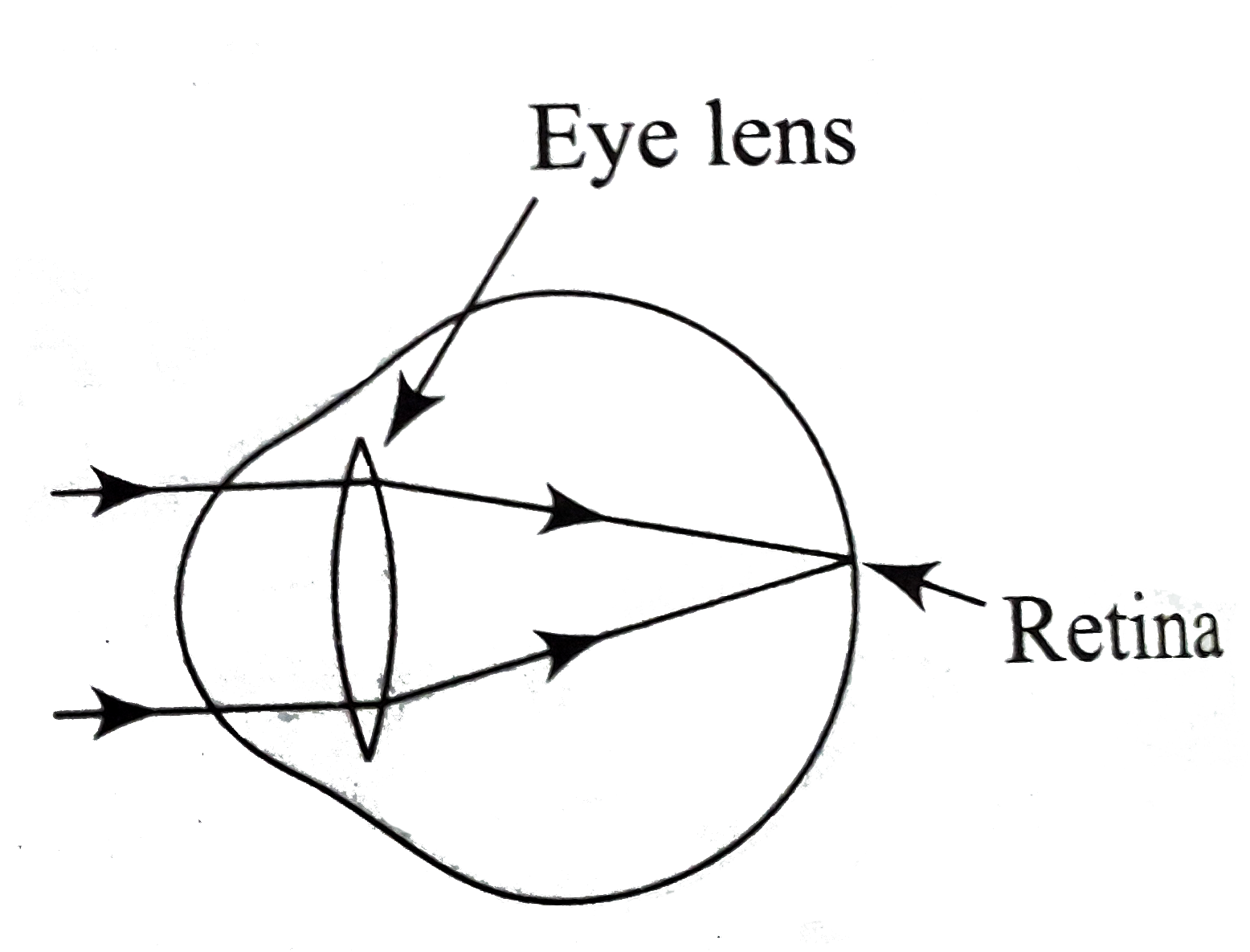A
B
C
D
Text Solution
Verified by Experts
The correct Answer is:
|
Topper's Solved these Questions
GEOMETRICAL OPTICS
CENGAGE PHYSICS|Exercise Integer|15 VideosView PlaylistGEOMETRICAL OPTICS
CENGAGE PHYSICS|Exercise Archives|7 VideosView PlaylistGEOMETRICAL OPTICS
CENGAGE PHYSICS|Exercise Assertion-Reasoninig|2 VideosView PlaylistFRICTION
CENGAGE PHYSICS|Exercise QUESTION BANK|1 VideosView PlaylistGRAVITATION
CENGAGE PHYSICS|Exercise Question Bank|39 VideosView Playlist
Similar Questions
Explore conceptually related problems
Knowledge Check
A
B
C
D
Submit
A
B
C
D
Submit
A
B
C
D
Submit
Similar Questions
Explore conceptually related problems
CENGAGE PHYSICS-GEOMETRICAL OPTICS-Linked Comprehension
- A ray of light enters a spherical drop of water of refractive index mu...
Text Solution
|
Play - A ray of light enters a spherical drop of water of refractive index mu...
Text Solution
|
Play - The ciliary muscles of eye control the curvature of the lens in the ey...
01:56
|
Playing Now - The ciliary muscles of eye control the curvature of the lens in the ey...
01:16
|
Play - The ciliary muscles of eye control the curvature of the lens in the ey...
03:05
|
Play - The ciliary muscles of eye control the curvature of the lens in the ey...
02:08
|
Play - The ciliary muscles of eye control the curvature of the lens in the ey...
Text Solution
|
Play - A parallel beam of light falls on a solid tranparent sphere. Q. W...
03:56
|
Play - A parallel beam of light falls on a solid tranparent sphere. Q. I...
Text Solution
|
Play - A parallel beam of light falls on a solid tranparent sphere. Q. F...
Text Solution
|
Play - Pulfrich refractometer is used to measure the refractive index of soli...
03:34
|
Play - Pulfrich refractometer is used to measure the refractive index of soli...
03:34
|
Play - Pulfrich refractometer is used to measure the refractive index of soli...
03:34
|
Play - An object is present on the principal axis of a concave mirror at a di...
00:56
|
Play - An object is present on the principal axis of a concave mirror at a di...
01:16
|
Play - An object is present on the principal axis of a concave mirror at a di...
01:02
|
Play - An object kept near a convex lens of focal length f, executes SHM betw...
01:01
|
Play - An object kept near a convex lens of focal length f, executes SHM betw...
00:51
|
Play - An object kept near a convex lens of focal length f, executes SHM betw...
01:50
|
Play - A convex lens of focal length 40cm is held at a distance 12cm coaxiall...
02:25
|
Play
